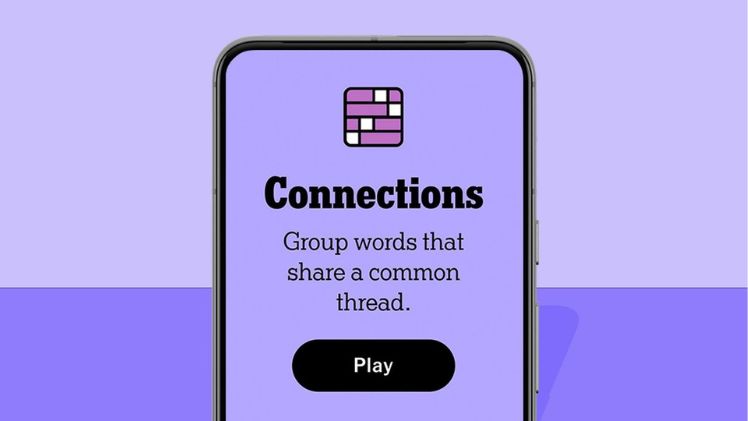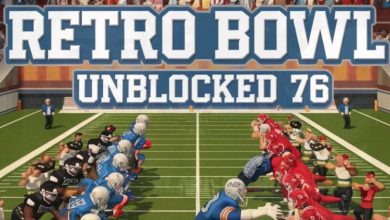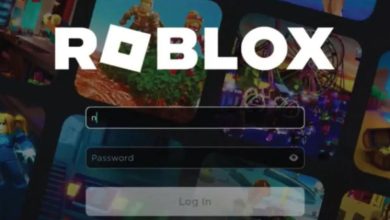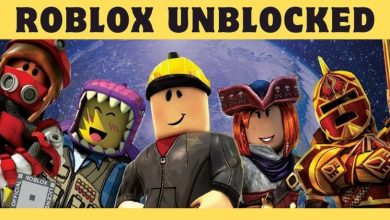NYTimes Connections Hint: A Guide to Solving the Puzzle Easily

The NYTimes Connections Hint puzzle is quickly becoming a favorite among puzzle enthusiasts. With its daily challenges, it requires players to group words into logical sets, making it an engaging yet tricky game. Whether you’re a beginner or a seasoned player, having a few NYTimes Connections hints can make all the difference in your gameplay. This guide will provide you with essential tips to improve your skills and enhance your puzzle-solving experience.
What is the NYTimes Connections Puzzle?
NYTimes Connections is a word association puzzle where players are tasked with finding connections between seemingly unrelated words. The game challenges you to group words into categories based on themes or patterns. By understanding the nature of these connections, you’ll have a much easier time identifying the correct word groupings. This puzzle not only exercises your brain but also broadens your vocabulary and pattern recognition skills.
Why Are Hints Important for NYTimes Connections?
Hints can be incredibly helpful when playing NYTimes Connections, especially when you’re stuck. Sometimes, the connections between words may seem vague or confusing, making the puzzle frustrating. A well-timed hint can help point you in the right direction without giving away the entire solution, keeping the challenge alive. Using hints strategically allows you to enjoy the game while also learning new strategies to solve similar puzzles in the future.
Common Themes in NYTimes Connections
One key to mastering NYTimes Connections is recognizing common themes that often appear in the puzzles. Some of the most frequent themes include word meanings, synonyms, antonyms, homophones, and categories like animals, countries, or professions. By familiarizing yourself with these recurring themes, you can quickly identify the connections between words in each puzzle. This understanding will boost your speed and accuracy, helping you solve the puzzle efficiently.
How to Use Hints Effectively
While hints are available to help, it’s important to use them wisely. Over-relying on hints can reduce the satisfaction of solving the puzzle on your own. Instead, try to exhaust your options before using a hint. If you’re completely stuck, using a hint can help you break through the mental block without spoiling the puzzle’s challenge. Learning how to balance hint usage will make the game more enjoyable and rewarding in the long run.
Breaking Down Word Categories
Understanding how words are categorized is crucial to solving NYTimes Connections. Words can be grouped based on several factors, such as their meanings, sounds, or usage. Start by looking for words that fit into obvious categories, like colors, animals, or names of countries. Once you’ve identified one group, it becomes easier to find the remaining connections. This methodical approach will help you efficiently narrow down the possibilities and solve the puzzle faster.
Spotting Tricky Word Pairs
One of the challenges in NYTimes Connections is dealing with tricky word pairs that don’t seem to belong together. These pairs often require you to think outside the box. For instance, words might appear unrelated at first glance but could be connected through cultural references, idioms, or slang. By training your brain to think creatively, you’ll be able to spot these tricky word pairs more easily. Recognizing these unique connections can significantly improve your puzzle-solving skills.
Building Your Word Association Skills
To excel at NYTimes Connections, it’s important to build your word association skills. Practicing with other word puzzles like crosswords or word searches can sharpen your ability to spot connections quickly. You can also improve by expanding your vocabulary and becoming familiar with idiomatic expressions, homophones, and synonyms. The more you expose yourself to different word associations, the easier it becomes to recognize them in the NYTimes Connections puzzle.
Practice Makes Perfect
As with any puzzle game, practice is key to mastering NYTimes Connections. The more you play, the better you’ll get at recognizing patterns and categories. Start with easier puzzles to build your confidence, and gradually work your way up to more difficult challenges. Over time, you’ll notice that your puzzle-solving abilities have improved, and you’ll be able to complete puzzles more quickly without needing as many hints.
Tackling Difficult Puzzles with Confidence
Some NYTimes Connections puzzles are notoriously difficult, but that shouldn’t discourage you. When faced with a particularly challenging puzzle, break it down into smaller steps. Start by finding one connection, then focus on the remaining words. If you’re really stuck, take a break and return to the puzzle with fresh eyes. Often, stepping away for a few minutes can help you see the solution more clearly. Remember that even the toughest puzzles can be solved with persistence and the right strategy.
The Importance of Staying Patient
Patience is a key virtue when it comes to solving puzzles like NYTimes Connections. It’s easy to get frustrated when you can’t find the connections, but staying calm and patient is essential. Take your time to think through the possible word associations without rushing to conclusions. By maintaining a calm approach, you’re more likely to make the correct connections and enjoy the puzzle-solving process. With time and practice, you’ll find yourself solving even the most complex puzzles with ease.





